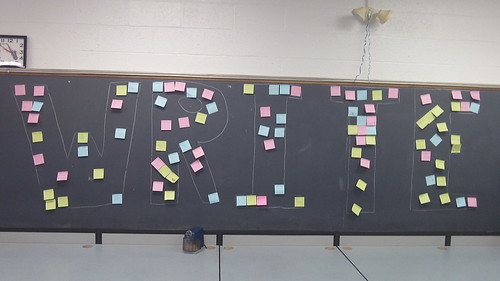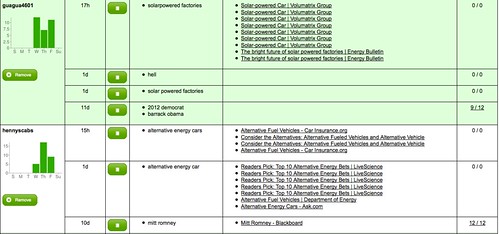
About two years ago, a teaching colleague of mine — Mike Flynn — told he was writing a kids’ book. I wasn’t all that surprised. Mike’s work in the classroom with the younger kids had earned him lots of recognition and kudos (Massachusetts Teacher of the Year, meeting the president, working around the country on helping other educators with math, etc.). He told him that the book stemmed from work he was doing as a consultant on a website for kids, a place of interactive activities built on educational concepts. The site — Mutasia — is colorful and full of interactive play but I’m not sure what differentiates it from other educational “portal.” Still, Mike said the organizers had done a lot of research, and talking to teachers, and were working hard around thinking of how to build a site for kids in meaningful ways that combine challenging fun with learning. I don’t know enough about the site to give an opinion, except to note that along with activities, they also sell products (plush toys). So, there clearly is a marketing element (I imagine the word “synergy” comes up in meetings)
At one point, my colleague — Mike Flynn — asked me to read over a draft of the book that he was writing, and I gladly did, offering up some advice and impressions. I liked the concept of Mike’s story — the central theme is about taking chances on new ideas and how to be a good friend — and the characters (which come from the website) were interesting, in a Fraggle Rock kind of way. Plus, I was excited that Mike was asked to write a book. Anytime a friend is writing a book to be published is cause for a little celebration, right?
Mike’s book — The Endless Caverns — is now out, and Mike’s publisher sent me a copy. (I had asked Mike if he could get me a copy to look at when the final book was published.) It’s an adventure story in which a character named Figley goes off into the wild jungles of their homeland but then has reservations about his abilities to make it to the end of the journey, and some fears crop up. His friends, however, step up and help him work through those fears, with compassion and support. The story (a version of the ‘heroic journey” for the younger set) ends with a crazy and thrilling ride over a waterfall.
I am going to leave The Endless Caverns on the table near my second grade son (the grade that Mike used to teach before he left to help run a Summer Math Program at a local university) and see what he thinks. And then I am going to bring it to my sixth graders, some of whom had Mike as their second grade teacher. They will be thrilled, I am sure. And kudos to Mike for working through the years-long process of writing, revision, more revision, and even more revision … and then, to publishing a children’s book.
I wonder if I can get him to visit my classroom?
Peace (in the book),
Kevin



